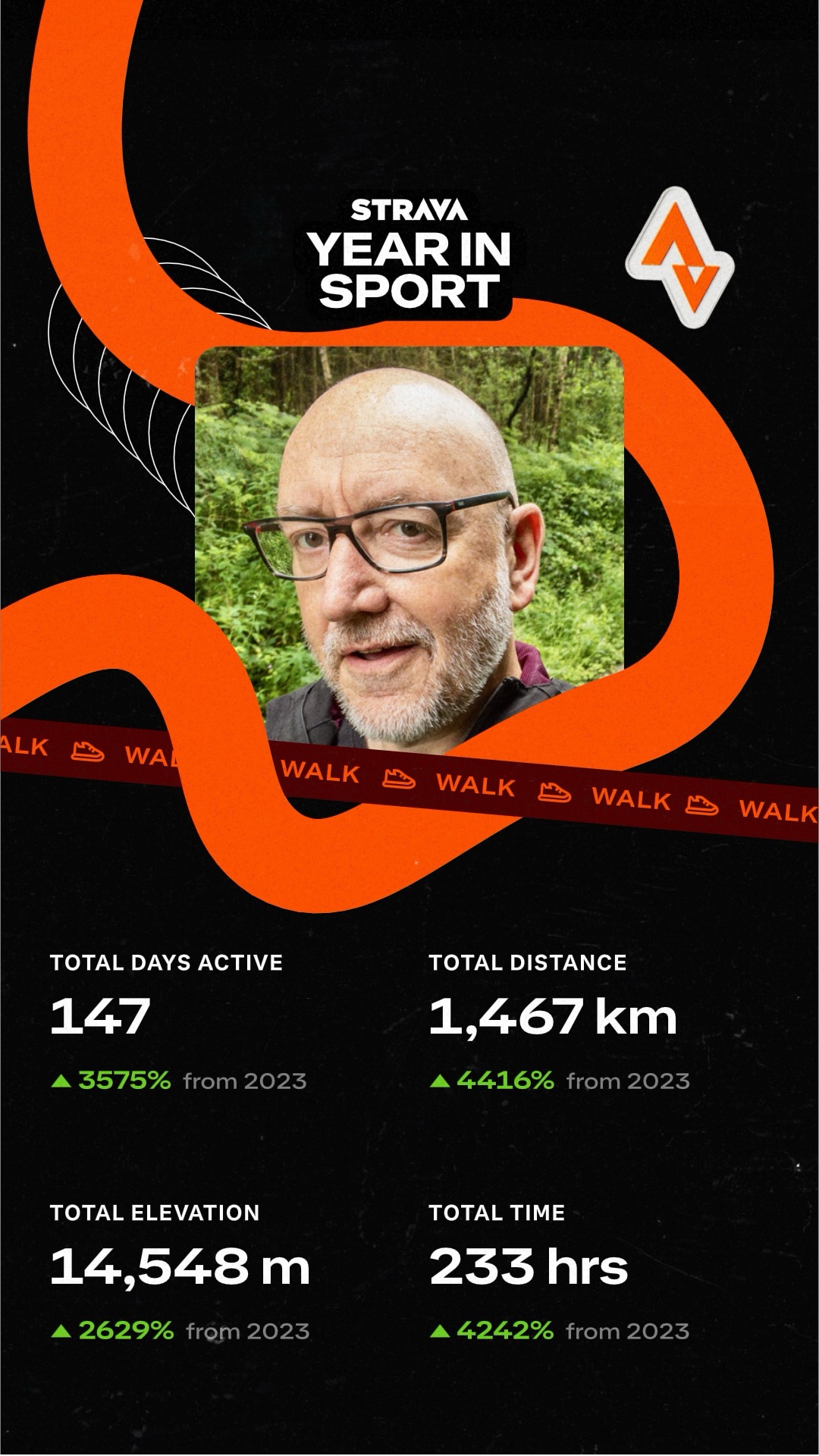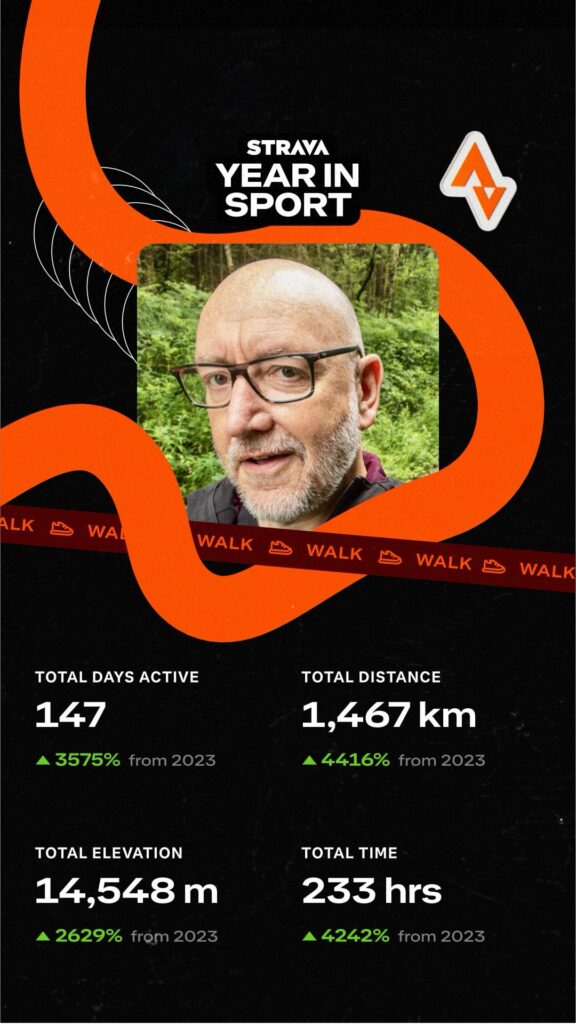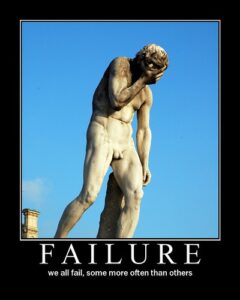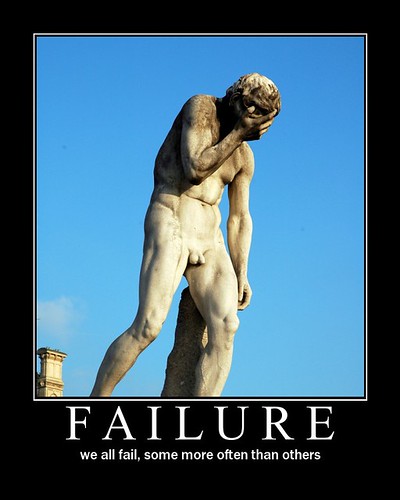In any organization, the journey toward improvement, innovation, or change often begins with a simple yet crucial question. What is the problem to be fixed? Whether you’re tackling a persistent issue, launching a new initiative, or striving for operational excellence, understanding the problem at hand is vital to developing effective solutions. But how do you accurately define a problem? Let’s explore the importance of this process and how to do it effectively.
Why Defining the Problem Matters
- Clarity and Focus: A clear definition of the problem helps to establish a common understanding among team members. When everyone is on the same page about what needs to be addressed, it becomes easier to collaborate towards a solution. Without this clarity, efforts can become scattered and misaligned.
- Resource Optimization: Time, money, and human resources are often limited. By identifying the specific problem, organizations can allocate their resources more effectively. This ensures that efforts are directed toward areas that will yield the most significant impact.
- Preventing Scope Creep: When problems are not well-defined, there’s a risk of scope creep. This is the enemy of all projects. It is where the project expands beyond its original intentions. A clearly articulated problem statement serves as a guide to keep teams focused on the task at hand.
- Facilitating Measurement and Evaluation: A well-defined problem provides a baseline against which progress can be measured. By establishing clear criteria for success, teams can assess the effectiveness of their solutions and make informed adjustments as needed.
Steps to Define the Problem
- Gather Data and Insights: Start by collecting relevant data and insights about the issue. This can include quantitative data, such as performance metrics, as well as qualitative feedback from employees, customers, or stakeholders. The more information you have, the better equipped you’ll be to understand the problem.
- Involve Stakeholders: Engage with those affected by the problem. This includes team members, customers, and other stakeholders. Their perspectives can provide valuable insights into the root causes of the issue and help identify potential solutions.
- Use the “5 Whys” Technique: This simple yet effective method involves asking “why” five times to get to the root cause of the problem. For instance, if a project is running late, the first “why” might be “Why is the project late?” The answer could lead to another question, and so on, until the underlying issue is uncovered. Extra reading credit is here https://www.isixsigma.com/cause-effect/determine-root-cause-5-whys/
- Write a Clear Problem Statement: Once you have a comprehensive understanding of the problem, articulate it in a clear and concise statement. A well-defined problem statement should include the nature of the problem, who it affects, and the impact it has on the organization. For example, “Our customer support response time exceeds industry standards, leading to decreased customer satisfaction and retention rates.”
- Prioritize the Problem: Not all problems are created equal. Assess the impact of the problem on your organization’s goals. Prioritize addressing issues that will yield the most significant benefits when resolved. This will help to ensure that your efforts are directed toward the most pressing challenges.
- Test Your Understanding: Share the problem statement with stakeholders to ensure everyone agrees with the diagnosis. This feedback loop is crucial for validating the problem definition and ensuring that it resonates with those involved.
Conclusion
Defining the problem to be fixed is a foundational step in the problem-solving process. By taking the time to thoroughly understand and articulate the issue, organizations can set themselves up for success in finding effective solutions. This clarity not only facilitates collaboration and resource optimization but also helps to prevent scope creep and enables meaningful measurement and evaluation.
In today’s complex and rapidly changing environment, the ability to define problems accurately is more valuable than ever. By honing this skill, organizations can navigate challenges more effectively, drive innovation, and ultimately achieve their goals. So, the next time you encounter a challenge, remember that the first step is to define the problem. Your path to meaningful solutions starts there.






